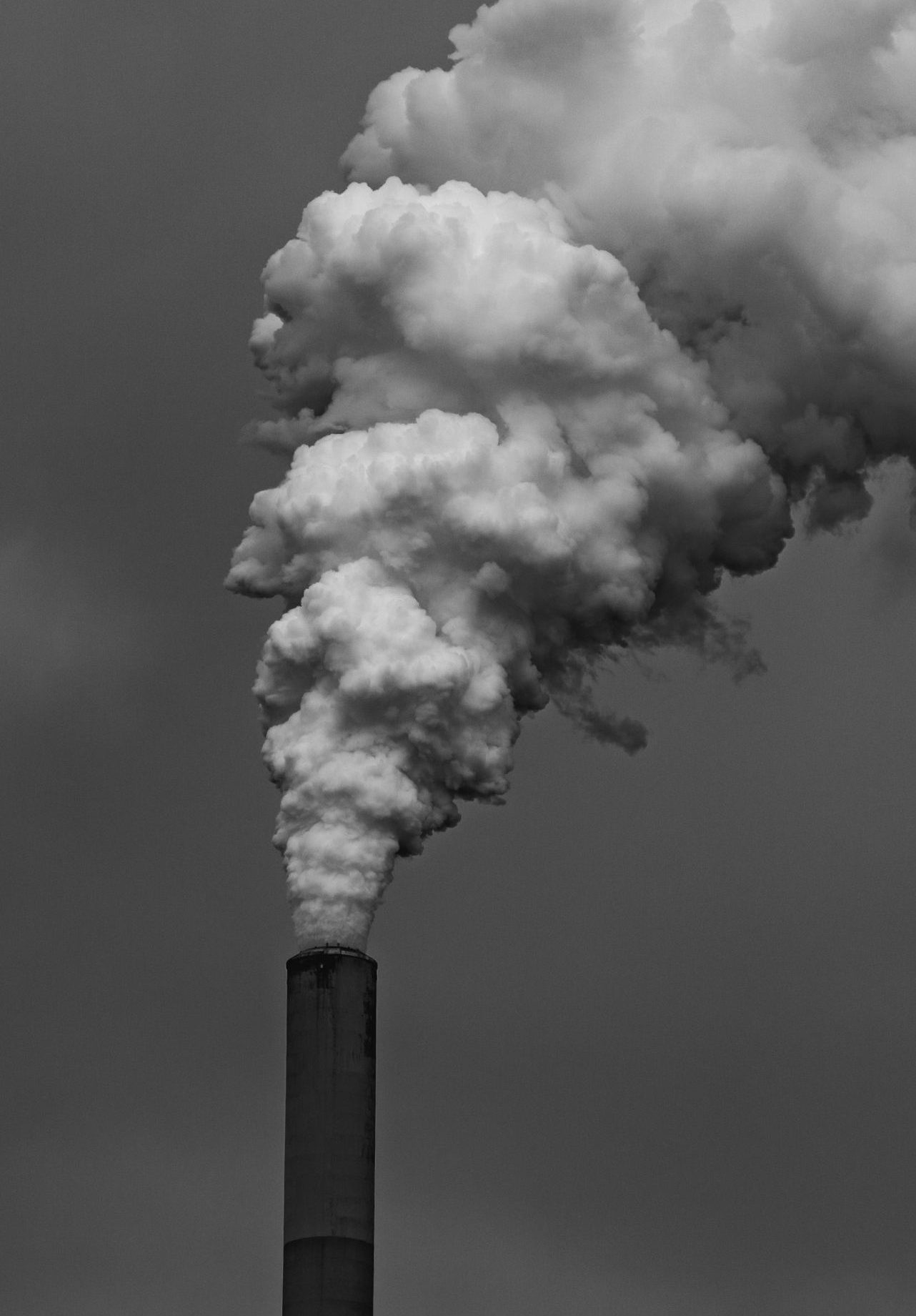Our systems are optimised for robustness. Having been designed for differing flow levels and concentrations of COD as well as organics and micropollutants, they have no moving parts. This means minimal maintenance, no hazardous chemical dosing and no toxic sludge to deal with.
They work using a unique combination of adsorption and electrochemistry, using the most effective elements of each process, with few of the drawbacks.
Our unique Nyex™ media adsorbs the pollutants. Simultaneously an electrical charge forms hydroxyl radicals on the Nyex™ media surface which immediately oxidise the pollutants, leaving just gas and water. It’s a continuous process, and because the pollutants are destroyed at source, the Nyex™ is ready to adsorb again. With bespoke engineering there is no degeneration and virtually no shrinkage (only 1 – 3% per year).
Having no moving parts means our water treatment reactors can be sited remotely or in rugged environments and need little operator training or intervention.
